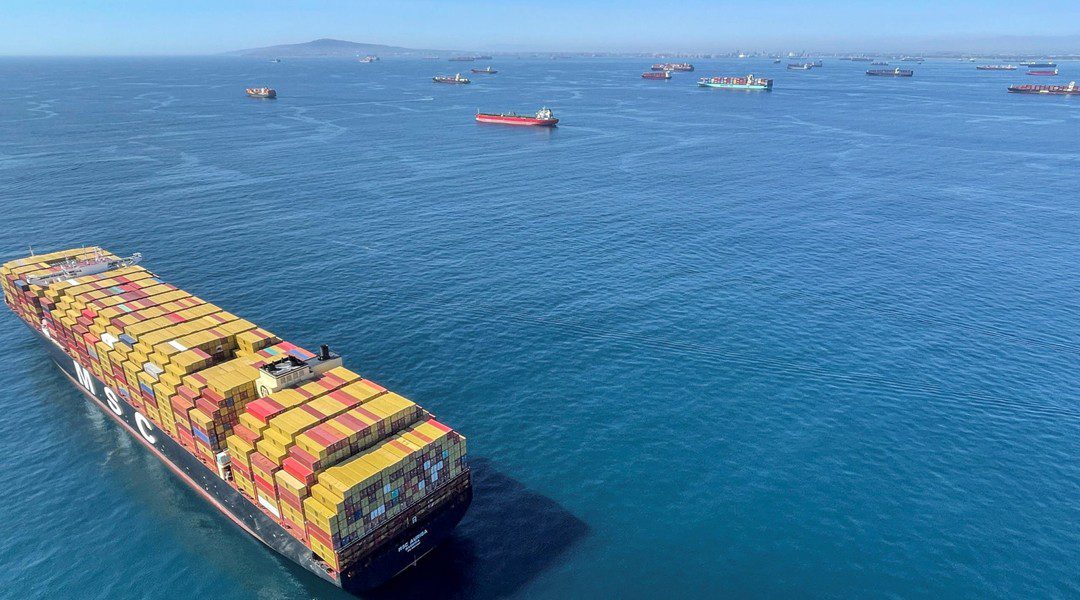Tanker Shipping & Trade caught up with Port of Esbjerg’s research lead Ishita Sharma, who had the opportunity to witness a live trial demonstrating modular exhaust-to-tank CO2 capture on a vessel off the US coast
Tanker Shipping & Trade spoke to Port of Esbjerg research manager and project lead green fuels, CCUS and maritime energy systems manager Ishita Sharma following her recent voyage on a vessel off the US coast, where she witnessed carbon capture technology operating in real time.
“Seeing CO2 actually being captured from the engine exhaust and stored on board – while the ship is sailing – puts the whole decarbonisation conversation into a very real context.”
Ms Sharma described the system’s straightforward architecture as a revelation.
“The simplicity of the setup was surprising. Seeing exhaust gases actively being processed and stored on board in real time, while the vessel was in motion, made the technology feel more deployable than expected.”
She cautioned, however, that space constraints and long-term storage capacity remain issues for deepsea vessels with limited retrofitting flexibility.
Her time on board exposed practical complications that desk studies could not convey.
“You do not fully grasp the constraints until you are on board. Things like vibration, space-sharing with other equipment, and safety protocols around compressed CO2 are much more complex in practice.”





